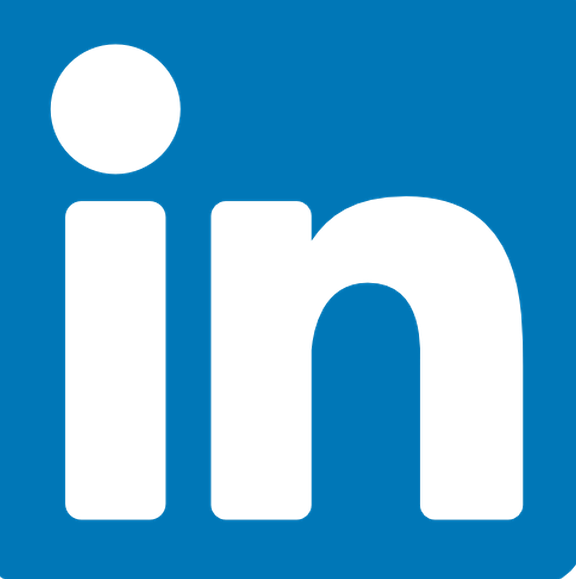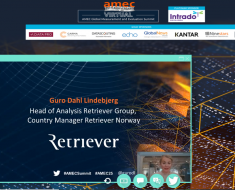On day one of Spectra 2020, an online conference on reputation management, Russell Dyer, VP & Chief of Communications & Government Affairs, Mondelez International, shared the brand’s story on building corporate purpose.
The global snack giant led the audience on a journey to identify a purpose that would bind all its brands towards a common goal. Dyer unfolded the story of how Mondelez recognised its corporate purpose through intensive internal and external listening and learning, over the last two years. He shared how they arrived at the eventual purpose of ‘Snacking made right’ and how it was globally internalised.
Dyer said, “As an organisation, we are a company built through mergers and acquisitions. The brand came with legacy cultures and systems, identities, rituals and routines.” Finding a purpose that resonates with all employees is a significant hurdle, he added. Among the other challenges was identifying a purpose that will come to life at the brand level across Mondelez’s varied categories. Also, being a global brand, it was necessary to be as relevant in China and India as it is in Canada and the UK. The biggest hurdle of them all, he said, was the fact that it all had to be done in four months!
Doing it right
To begin with, Mondelez decided to listen and learn, spending a major portion of the four months analysing data.
“We dug deep on corporate reputation insights, we benchmarked our peers and competitors in the share-of-voice to understand how we fit in the food and beverage landscape. We did deep dives with our talent acquisition teams to understand new employees and why would they come and work for a company like ours,” he explained.
Internally, Mondelez looked at data that included three years of global engagement service to identify the employees’ perception of the company. On the consumer side, Mondelez identified a universal consumer insight – people didn’t want to choose between snacking and eating right.
Mondelez International’s purpose, its universal statement it now would rally on was hence identified as empowering people to snack right or ‘Snacking Made Right’.
“We boiled it down to three main pillars. It’s about offering the right snack for the right moment made the right way,” said Dyer.
“We’ve heard from consumers that they want a bite of chocolate, they want a delicious morsel but they want to do it mindfully. We know we have an opportunity to help influence that behaviour through portion control and communicating the benefits of mindful snacking. We have made some global commitments in that space,” he added.
Within the organisation, the brand launched the purpose strategically. Starting with a global townhall, the brand held workshops where 250 global leaders presented what the vision and purpose meant to them and their teams.
“Each of the 250 leaders wrote a letter – ‘20 years from now, how are you going to make a difference in contributing to this vision?’ Further, we wrote one on behalf of the organisation to the future that lays out the change we want to make. That letter is something we use internally to rally colleagues. It has been this purpose in our voice, not just the corporate communications’ voice but the leaders’ and people’s voice and it has been a real point of pride and inspiration for the organisation,” Dyer said.
He added, “Corporate purpose can be a corporate story, an organising theme and the way you express your ESG agenda but when it is happening at a brand level and a consumer level in brand authentic ways, as a house of brands, you start to feel like a cohesive unit in a way you never have before,” he said.
Learning the right lessons
Towards the end of his presentation, Dyer pointed out three lessons learnt through the purpose-building exercise.
- Touch the tension: For a slight discomfort to be in the business.
- Don’t ‘overbake’: Stories evolve gradually and answers cannot be reached overnight
- Measure what you treasure: Purpose-building is a communication exercise unless the dimension and the drivers are folded into business metrics and business scorecards alongside profit and revenue








